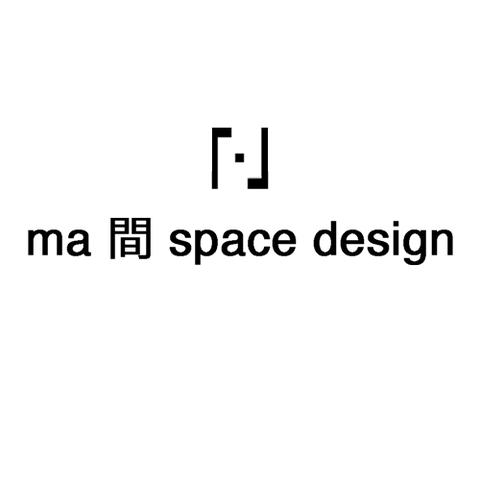Many Japanese arts and crafts have decorations or patterns based on the natural world. This reflects the Shinto belief in the importance of the four seasons and continuity, as well as the Buddhism influence of trying to live in harmony with nature.
Japanese pattern

The simplified beauty of nature is seen on fabrics, crafts, interior decorations and on many more objects in Japan. Many patterns are deeply meaningful and have a long history. Traditionally, pattern was used for celebratory occasions.
Here are some examples of traditional Japanese patterns.
Kikkou 亀甲: Tortoise Shell (top left)
A pattern of hexagonal geometry. This name was given because the hexagonal shapes resemble the shape of a tortoiseshell. Tortoises have long been a symbol of longevity, so this pattern is also a prayer for a long life. The Kikkou pattern originally came from western Asia through trading.
Seigaiha 青海波: Blue Ocean Waves (bottom left)
This pattern has been used not only in Japan but also in Egypt and Persia and around the world. It represents a wish for happiness that continues into the eternal future like a wave spreading indefinitely.
Uroko 鱗: Fish Scale (bottom right)
Uroko mon is a very simple pattern using an isosceles triangle. This pattern is associated with snakes and butterflies, which, because they shed their old skin, are linked with the idea of letting go of troubles and regenerating. Uroko mon has been used as a talisman warding off bad luck.
Asanoha 麻の葉: Hemp Leaves (top right)
Asanoha depicts a geometric design of hemp leaves. This pattern represents growth and good health and is commonly used for baby’s clothing with a wish for their strong and fast growth, just like the hemp plant. It is also believed that the hemp leaf pattern was a talisman and thus had the power to dispel negativity.
Kiku 菊: Chrysanthemum
This is a pattern symbolising eternal life and a wish of long life. The meaning came from an old tale which told of some village people who drank water from their river and lived a very long life. The story goes that there were chrysanthemum fields upstream of the river flowing in that region and people believed that the Chrysanthemum can give people energy and healing power. The Chrysanthemum motif is used as the Imperial seal of Japan.
